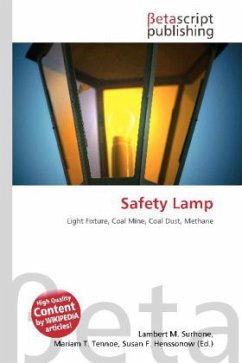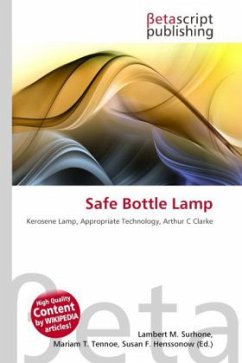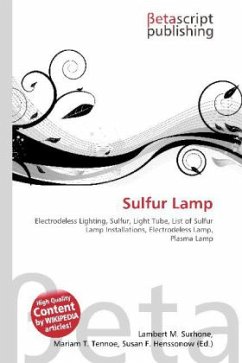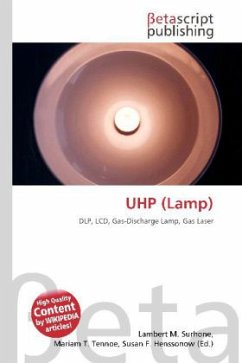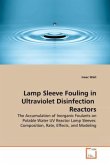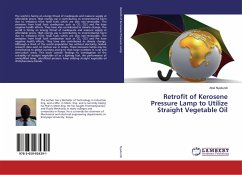Please note that the content of this book primarily consists of articles available from Wikipedia or other free sources online. A safety lamp is any of several types of lamp, which are designed to be safe to use in coal mines. These lamps are designed to operate in air that may contain coal dust, methane, or firedamp, all of which are potentially flammable or explosive. The use of open lamps, rather than the safety lamps that were then available, was one cause of the Naomi Mine explosion and the Darr Mine Disaster in Pennsylvania in December 1907. The first safety lamp was invented by William Reid Clanny, an Irish physician, who announced his discovery on May 20, 1813 at the Royal Society of Arts in London, but it was not tried out in a colliery until 1815. Within months of this demonstration, two improved designs had been announced: one by George Stephenson, which later became the Geordie lamp, and the Davy lamp, invented by Sir Humphry Davy. Most later lamps are constructed on the principle discovered by Davy, that a flame enveloped in wire gauze of a certain fineness does not ignite firedamp.
Bitte wählen Sie Ihr Anliegen aus.
Rechnungen
Retourenschein anfordern
Bestellstatus
Storno

